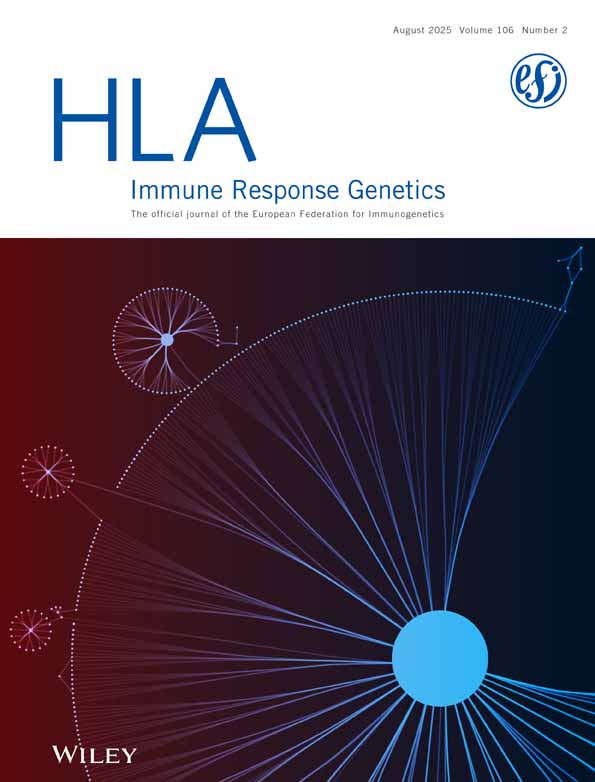Cloning and sequencing of canine MAGE cDNA
Abstract:
Melanoma antigens (MAGE) are regarded to induce tumour-specific immune response and thought to be potential therapeutical agents for cancer immunotherapy. We hereby report the canine MAGE cDNA cloned from the testis of a beagle dog. Canine MAGE cDNA is 1455 base pair (bp) nucleotides in length, and contains an open reading frame (ORF) of 1137 bp nucleotides encoding a protein of 378 amino acids. The predicted amino acid sequence has 22–49% of homology with other MAGE proteins. mRNA transcripts of canine MAGE were detected only in the melanoma and testis and not in other normal tissues of adult dog by reverse transcriptase-polymerase chain reaction (RT-PCR), indicating that the expression pattern of canine MAGE mRNA is similar to that of the MAGE family genes in tumor and normal tissues.




